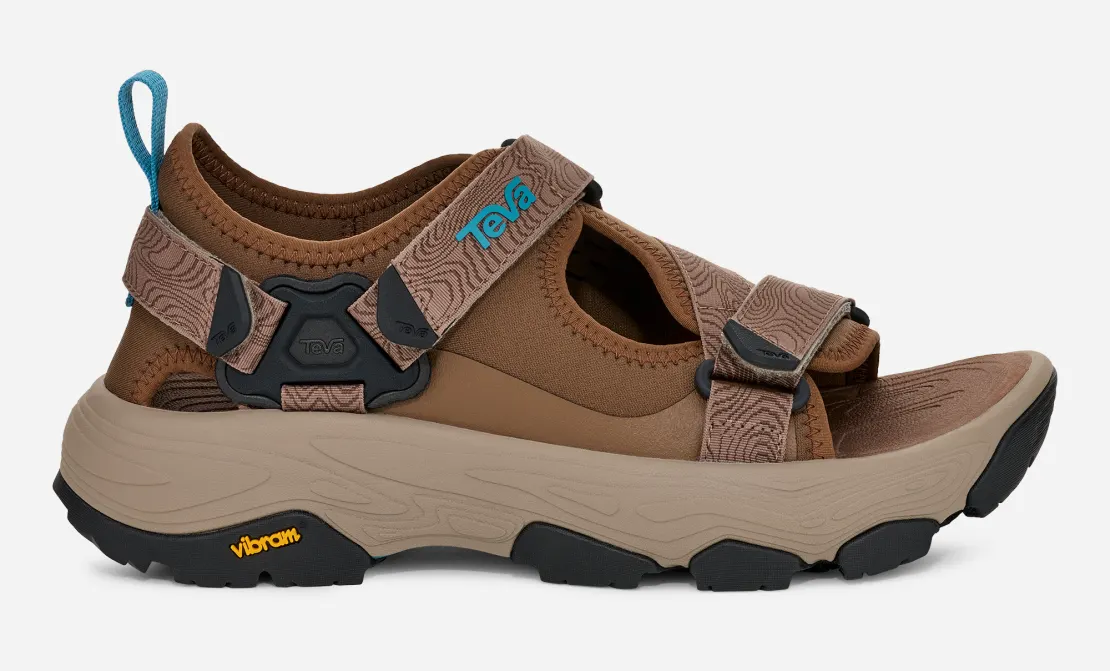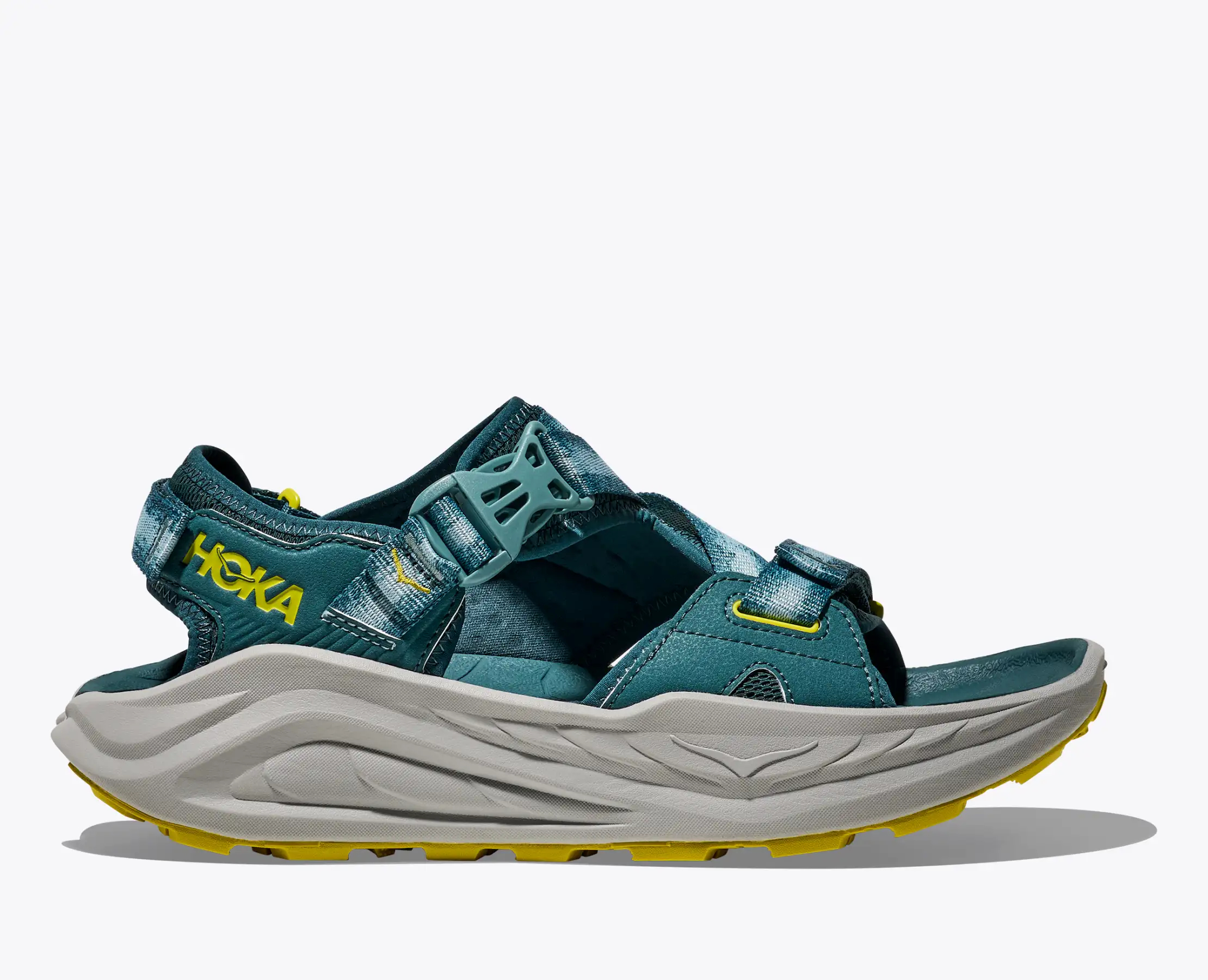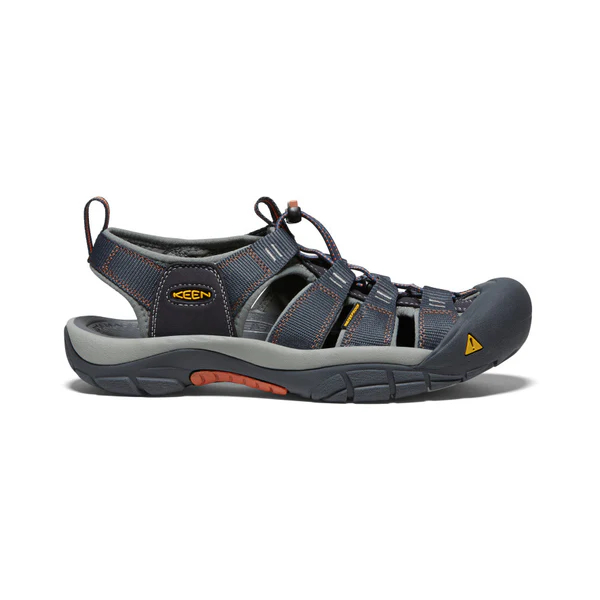Sandals on the trail: smart swap or risky move?
Hiking sandals are making a comeback as an outdoor staple, but are they really adventure-ready?


Hiking sandals are nothing new in the outdoor space, having first gained popularity back in the 1960s – but lately, it feels like this once-overlooked footwear staple is enjoying a major resurgence.
Teva recently debuted its Grandview Max Hiking Sandal, built for more technical trails, while Hoka entered the scene with its first adventure-ready sandal, the Infini Hike TC, dubbed the “ultimate all-terrain vehicle”. As more hikers look to trade in bulky hiking boots for lighter, more breathable alternatives, sandals are stepping into the spotlight once again. Yet, the question remains: are they truly up to the challenge of hiking?
With your toes laid bare to the world, you may instantly think ‘no’ – you’re basically inviting in dirt and gravel, not to mention you’ll be in for a rude awakening if you accidentally stub a rock (ouch). However, this barely-there design offers plenty of surprising benefits.
“Sandals are particularly good for hot climates thanks to their breathability, as there’s no membrane for sweat to have to pass through, and plenty of ventilation to allow sweat on the surface of your feet to evaporate,” says Kate Smith, Multi-Store Manager at Cotswold Outdoor Group.
“That breathability will also help keep your feet dry, reducing the chance of blisters and, if you’re lucky enough to be hiking near the sea, you can even swim in some type of hiking sandal depending on the materials.”
On Reddit, hikers also highlight how quickly hiking sandals dry after water crossings – a major plus on wet trails – while many also credit them for improving foot comfort and health, thanks to their breathable design and flexible nature.
Hiking sandals are also designed with grippy lugs – both Teva and Hoka’s new models have Vibram MegaGrip – greater arch support, and a fuller sole so that they can handle more technical trails. (We’re not talking about Crocs or your regular pair of flip flops.)
Get all the latest news, reviews, deals and buying guides on gorgeous tech, home and active products from the T3 experts
However, while hiking sandals offer greater ventilation and eliminate the bulk of traditional hiking boots, they also tend to provide less stability and support, especially around the toes and ankles. That said, some brands, like KEEN, help bridge the gap by incorporating protective toe caps into their designs.
“Other risks include grit getting under your feet, sunburn, and potential blisters from straps if they don't fit your feet well,” Kate adds.
Guaranteed, they may not be suitable for all types of terrain – especially if you’re scrambling on rougher, rockier terrain, or if you’re venturing out in wet or cold weather – but for warm-weather hikes and well-maintained trails, they can be a surprisingly capable and comfortable choice.
It seems the best way to truly discover whether hiking sandals are right for you is to try them for yourself. Many hikers have started out skeptical but quickly become converts, never reaching for anything else, while others simply don’t get on with the fit or feel and stick to more traditional footwear.
Our favourite hiking sandals
Hiking sandals checklist
When it comes to choosing the right pair of hiking sandals, there are a few essential features to keep in mind – Kate breaks them down below:
- Adjustability is key: Look for multiple straps or a bungee cord for a secure, customisable fit.
- Opt for a moisture-absorbing footbed: This will adds comfort, especially on hot days.
- Avoid plastic finishes: They tend to be less comfortable and make your feet sweat more.
- Padding: Particularly behind the straps, as this will boosts comfort and reduce friction leading to blisters.

Bryony’s T3’s official ‘gym-bunny’ and Active Staff Writer, covering all things fitness. She is a certified personal trainer and also a part-time fitness instructor. In her spare time, you will find her in her natural habitat - the gym - where her style of training is a hybrid of bodybuilding and powerlifting. Bryony loves writing about accessible workouts, nutrition and testing innovative fitness products that help you reach your fitness goals and take your training to the next level.
You must confirm your public display name before commenting
Please logout and then login again, you will then be prompted to enter your display name.


